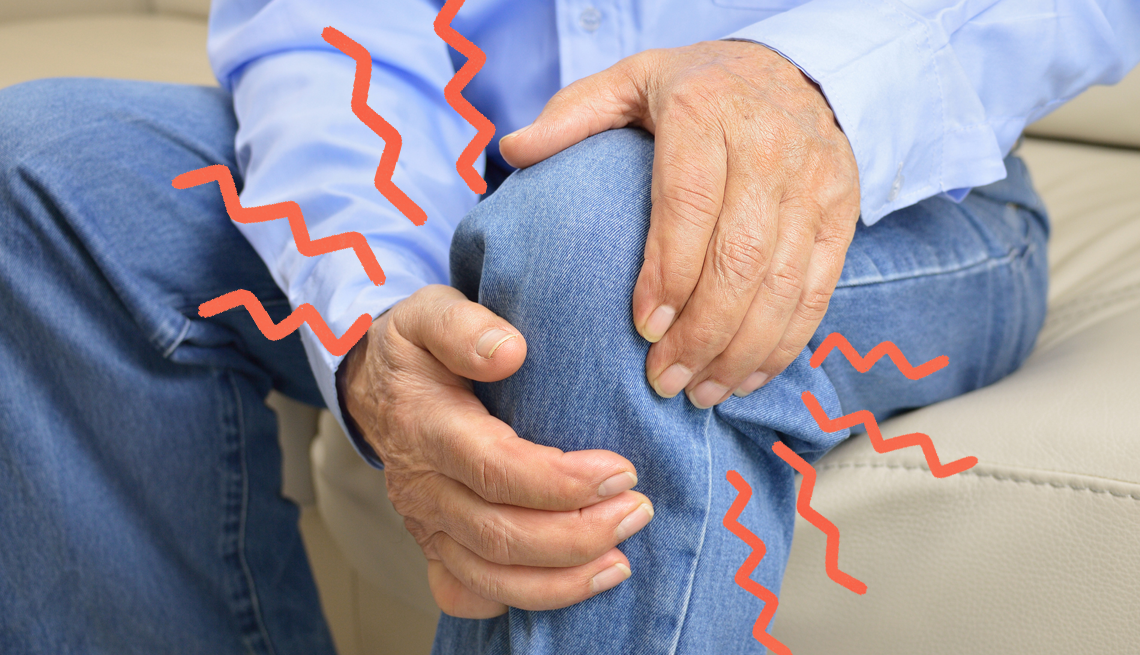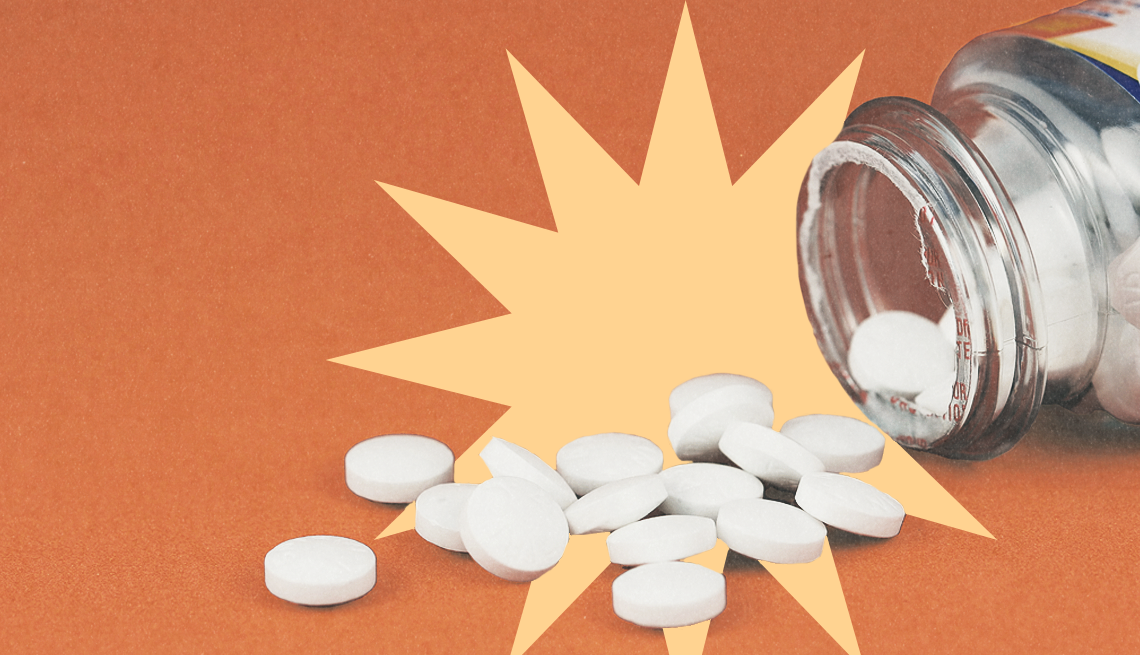Staying Fit


You wouldn’t knowingly exceed the dosage on a pain reliever. But if you regularly reach for a common analgesic to treat any one of a number of ailments — whether it’s arthritis or back pain, the flu or seasonal allergies — you might inadvertently be doing just that.
Acetaminophen (a.k.a. Tylenol) isn’t merely a standalone remedy for, say, the occasional headache, back pain or muscle aches; it’s also commonly included in medications that treat the above health woes and others. According to the U.S. Food & Drug Administration (FDA), more than 600 drugs — both prescription and over the counter — contain acetaminophen to help curb pain and reduce fever.


AARP Membership— $12 for your first year when you sign up for Automatic Renewal
Get instant access to members-only products and hundreds of discounts, a free second membership, and a subscription to AARP the Magazine.
And while it’s easy to assume that anything sold off the shelf at your local pharmacy lacks the power to do serious harm, the truth is “just because it’s over the counter doesn’t mean it’s a safe medicine,” says Mohammed Issa, M.D., assistant professor at Harvard Medical School and medical director of the Pain Management Center at Brigham and Women’s Faulkner Hospital. “Too little or too much of anything can be dangerous — even an over-the-counter medicine like acetaminophen.”
Here’s what you need to know.
Does acetaminophen carry more risks than other pain relievers?
In a word: no. Nonsteroidal anti-inflammatory drugs (NSAIDs) such as aspirin, ibuprofen (Advil, Motrin) and naproxen (Aleve, Naprosyn) carry risks. Namely, they can irritate the stomach and intestinal lining, and they can increase your risk for heart attacks and stroke, says George Le, M.D., assistant professor at Baylor College of Medicine in Houston. But it takes a larger amount to overdose on these pain meds.
“Acetaminophen has a much wider focus on it because of the notion that it’s the safest pain reliever out there,” Issa explains. “Because of that notion, patients are using it and [often] overusing and abusing it.”
Unlike NSAIDs, acetaminophen is processed through your liver. So — no surprise — if you take too much, your liver pays the price. According to the National Institutes of Health, acetaminophen toxicity is the No. 1 cause of liver transplants in the U.S. It’s also responsible for 56,000 trips to the emergency room and 500 deaths per year in the U.S.; half of them due to unintentional overdoses.














































































More From AARP
The 4 Most Common Pain Relievers and When to Use Them
Find the perfect OTC remedy for every ache
5 Alternative Therapies for Pain
What the research says about whether other types of integrative care can provide relief
Pain Relievers and Blood Pressure
What to know before popping a pill
Try These Tips for Living a Healthier Life
Small changes can add up to big mental and physical results
Recommended for You